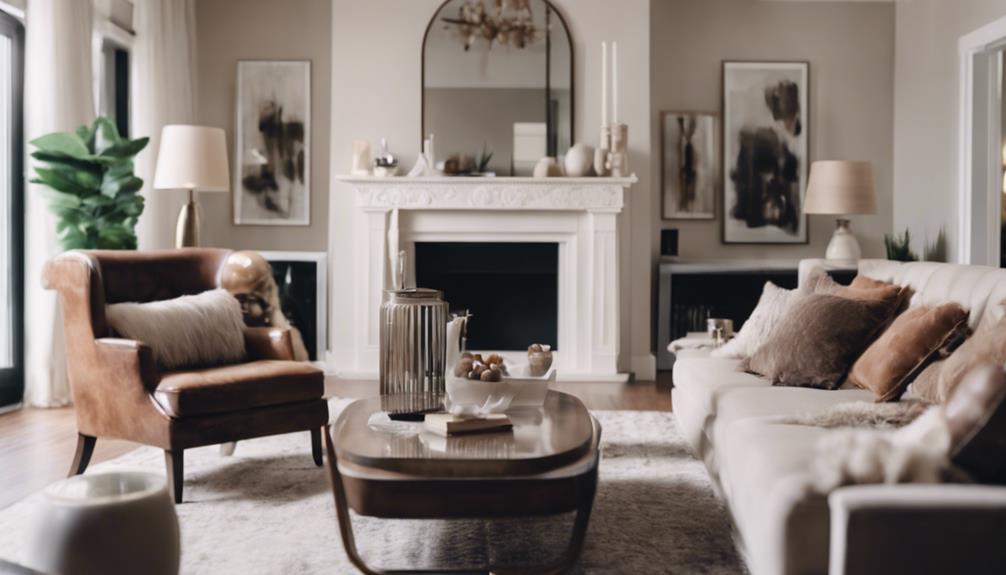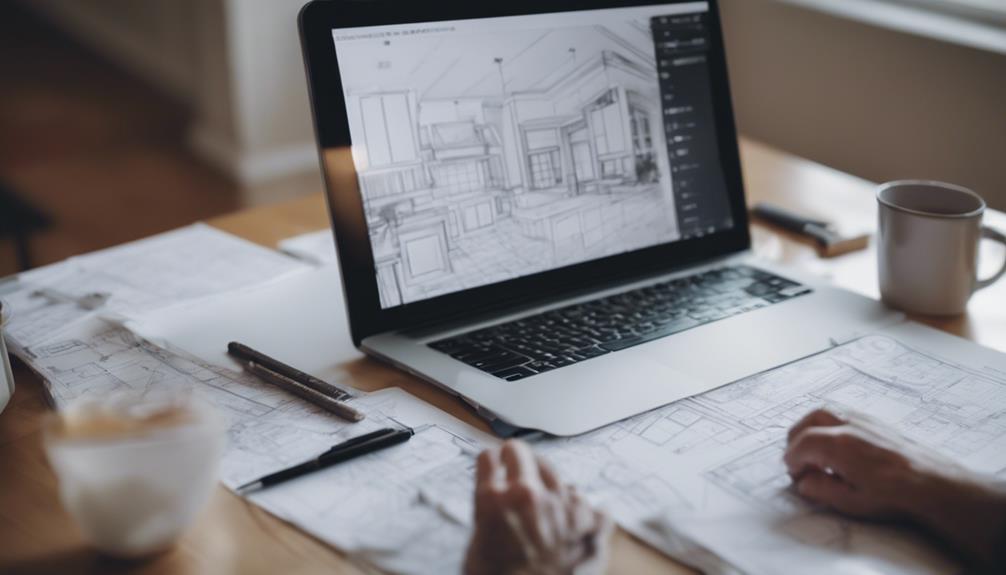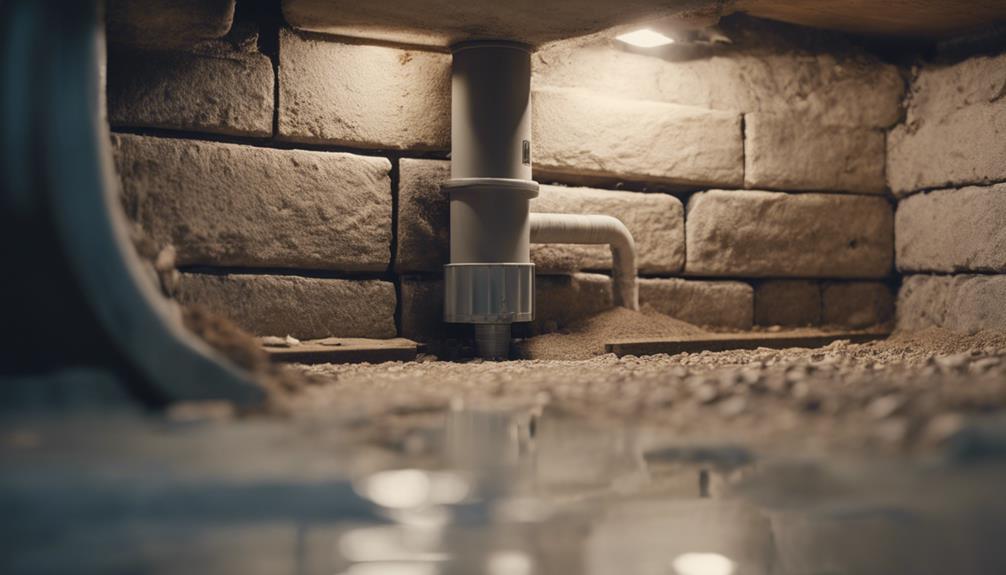Interior designers work hand in hand with architects to craft amazing spaces. Architects handle the big picture, creating the structure, while interior designers jazz up the interiors with color schemes, furniture layout, and lighting. Together, they weave functionality and style seamlessly, making sure every nook and cranny is a perfect fit. This collaboration guarantees that your space isn't just pretty but works like a dream too. So, if you're curious about how these design pros team up to create magic, you're in for a treat!
Key Takeaways
- Interior designers collaborate with architects to create cohesive and functional spaces.
- Architects focus on structure, while interior designers enhance aesthetics and functionality.
- Joint efforts result in seamless integration of exterior and interior design elements.
- Collaboration ensures customized and inviting environments tailored to client preferences.
- Working together guarantees a harmonious blend of structural integrity and detailed design elements.
Collaborative Relationship Benefits Both Professions
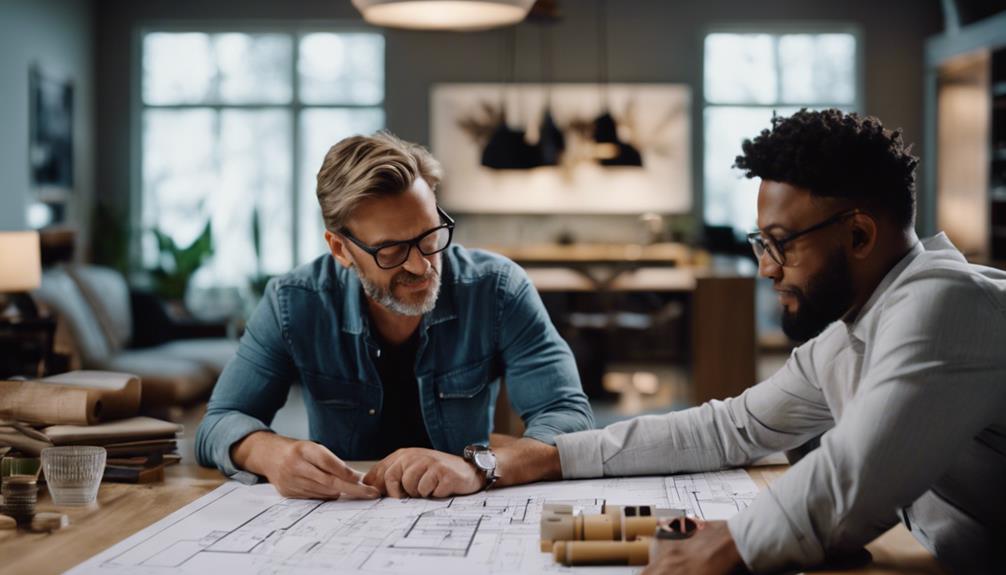
Collaborating with architects benefits interior designers by enhancing the functionality and aesthetics of a building's interior and exterior. When architects and interior designers work together, the result is a seamless blend of structural integrity and detailed design elements.
Architects bring their expertise in creating the overall structure of a building, while interior designers focus on aspects like color schemes, furniture layouts, and lighting to transform spaces into inviting environments.
This collaboration guarantees that every aspect of the interior aligns with the architectural vision, creating custom-designed spaces that cater to the client's needs and preferences.
Achieving Seamless Design Integration
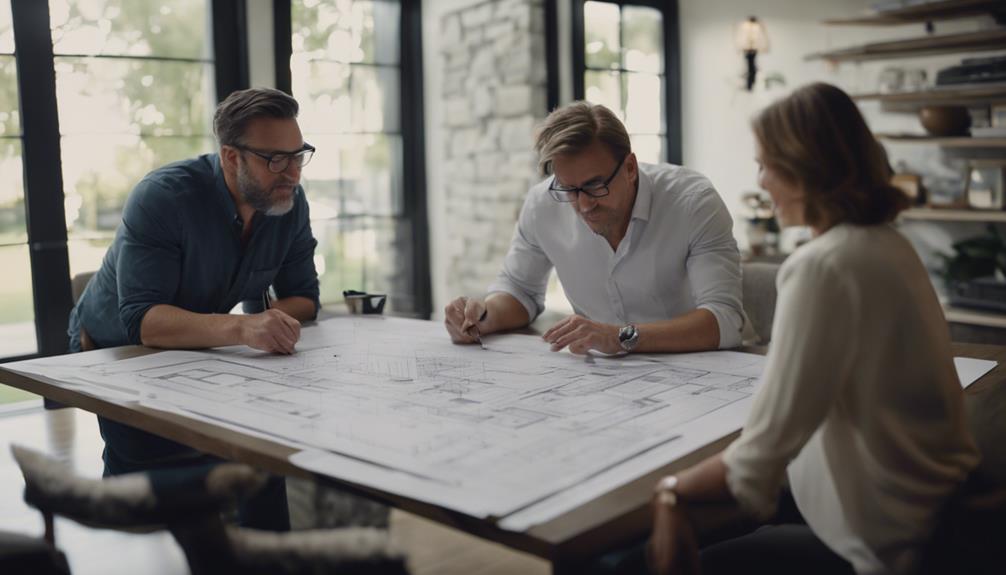
When interior designers and architects collaborate, they bring out the best in each other, benefiting the overall project. Design cohesion is essential as it guarantees a seamless shift between the exterior and interior spaces.
Effective communication between the two parties is the key to success in achieving a harmonious and well-integrated design.
Collaboration Benefits Projects
Incorporating the expertise of both interior designers and architects results in seamlessly integrated designs that elevate the overall aesthetic appeal of a space. When Architects and Interior Designers Collaborate, they form a dynamic design team that blends structural elements with functional and comfortable interiors. This collaboration guarantees your home reflects a cohesive vision, where every detail harmoniously fits together. Working together, they consider both the structural aspects and the interior environment to create a space that isn't only visually appealing but also practical and inviting.
- Design team collaboration enhances overall aesthetic appeal.
- Structural elements blend seamlessly with interior design.
- Functional and comfortable spaces are achieved through joint efforts.
Design Cohesion Is Key
To achieve seamless design integration, interior designers and architects prioritize maintaining cohesive design cohesion. When an Architect and an Interior Designer work together on a construction project, their harmonious collaboration guarantees the exterior and interior design elements blend effortlessly.
By coordinating on design choices such as colors, materials, and finishes, they create a unified and cohesive look throughout the building. This attention to detail prevents any disjointed feel between the architectural style of the building and its interior design.
Ensuring consistency in design throughout the project enhances the overall aesthetic appeal and functionality of the space. Through their joint efforts, the Architect and Interior Designer achieve a cohesive design that elevates the overall look and feel of the construction project.
Communication Ensures Success
Ensuring seamless design integration between interior designers and architects hinges on effective communication practices throughout the project. To achieve success in your collaborative efforts, remember the following key points:
- Regular collaboration meetings help align design goals and priorities for a cohesive project outcome.
- Sharing design ideas and feedback leads to a harmonious blend of architectural and interior elements.
- Transparent communication fosters a unified vision and a successful project execution.
Key Aspects of Joint Project Collaboration
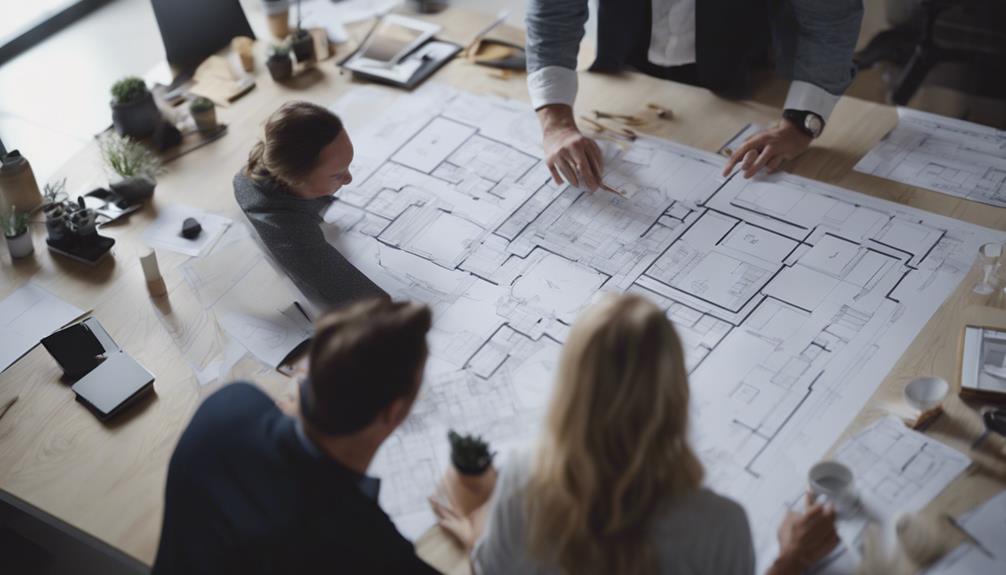
Collaboration between interior designers and architects in joint projects is essential for achieving a harmonious and integrated design approach. When Interior Designers and Architects work together, they bring their unique expertise to the table, ensuring that both aesthetics and functionality are seamlessly integrated into the project.
This collaborative effort is vital throughout the entire construction process, from the initial planning stages to the final touches. Architects focus on the structural elements and overall building design, while interior designers concentrate on optimizing space functionality and selecting design choices that enhance the living environment.
Maximizing Functional and Aesthetic Appeal
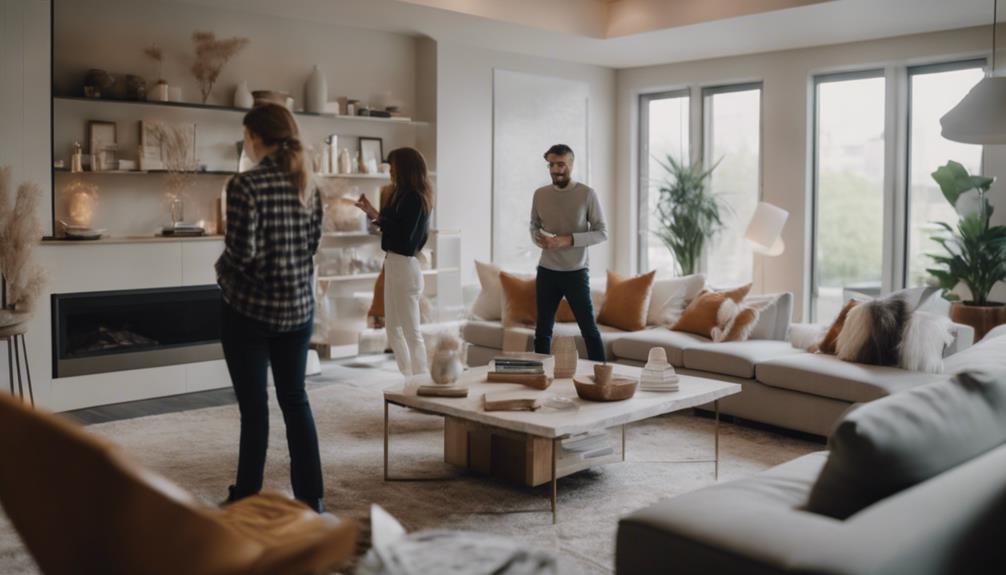
When working with architects, interior designers like you play an essential role in maximizing the functional and aesthetic appeal of a space. By offering space utilization tips, ensuring harmony in design elements, and striking a balance between form and function, you contribute to creating beautiful and practical interiors.
Your attention to detail in areas such as lighting and materials helps enhance the overall look and feel of a building's interior.
Space Utilization Tips
To maximize the functional and aesthetic appeal of a space, consider incorporating versatile furniture pieces that serve multiple purposes. When focusing on space utilization, collaboration between interior designers and architects is key.
Here are some tips to help you make the most of your space:
- Multi-functional Furniture: Opt for pieces like sofa beds or storage ottomans that serve dual purposes.
- Vertical Storage Solutions: Utilize wall space with shelves or cabinets to free up floor area.
- Flexible Room Dividers: Use sliding doors or screens to create separate zones without sacrificing openness.
Harmony in Design
Interior designers enhance the functionality and aesthetic appeal of a space by harmonizing design elements in collaboration with architects. When Interior Designers and Architects work together, they focus on combining functional and aesthetic elements to create a cohesive and visually pleasing environment. This partnership guarantees that the interior spaces complement the overall architectural vision, maximizing both usability and visual appeal. Interior designers pay close attention to details such as color schemes, furniture layout, lighting, and materials to enhance the architectural features of a building. By working hand in hand, they achieve a seamless integration of form and function within a space. Let's take a look at how these professionals collaborate to create harmonious designs:
| Collaborative Aspect | Examples of Implementation |
|---|---|
| Color Schemes | Choosing hues that complement the architectural style. |
| Furniture Layout | Arranging furniture to maximize flow and functionality. |
| Lighting Design | Incorporating lighting elements that enhance the space's ambiance. |
| Material Selection | Selecting materials that harmonize with the building's design. |
| Spatial Organization | Ensuring that spaces are utilized efficiently and aesthetically. |
Balance of Form
Maximizing both functional aspects and aesthetic appeal in building design requires a careful balance of form achieved through the collaboration of interior designers and architects. When architects and interior designers work together, they guarantee that the building not only meets practical needs but also delights the eyes. This collaboration results in a harmonious blend of structural integrity and interior aesthetics.
Here's how they do it:
- Architects focus on creating the overall form and structure of the building.
- Interior designers pay attention to details like lighting, materials, and furniture placement.
- Together, they integrate these elements to create a space that's both functional and visually appealing.
Enhancing Architectural Vision Through Design
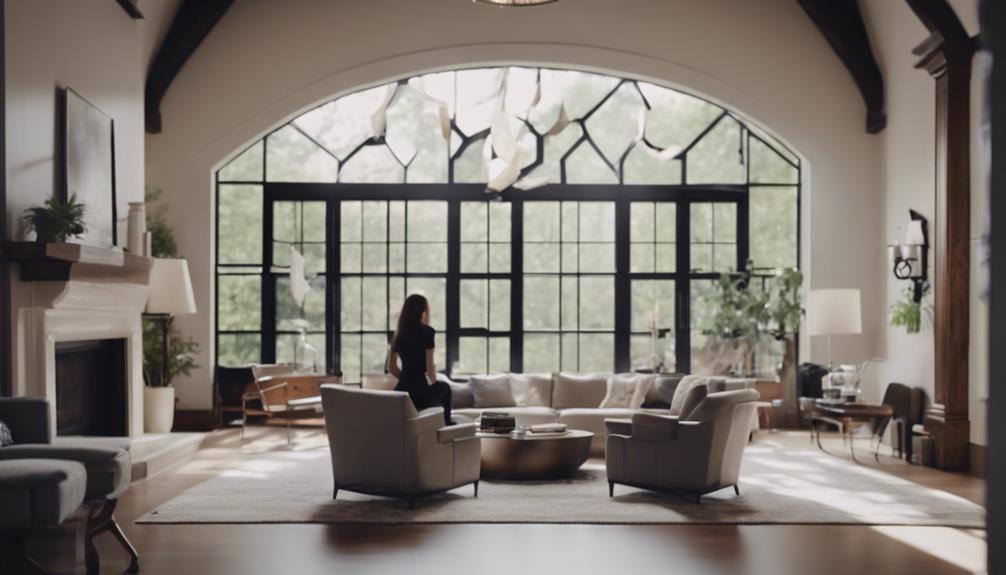
Enhancing the architectural vision through design involves a collaborative process between interior designers and architects to harmonize interior elements with the overall concept of the building. Interior designers work closely with architects to make sure that the design elements such as lighting, materials, and furniture not only enhance the aesthetic appeal but also contribute to the functionality of the space. By focusing on creating functional spaces that align with the architectural integrity of the building, interior designers play an essential role in optimizing the interior environment.
Through their expertise, interior designers bring a unique perspective to the project, enhancing the overall cohesiveness and success of the architectural vision. Their attention to detail and creative input help in creating spaces that are both visually appealing and practical. By collaborating effectively, interior designers and architects can guarantee that every aspect of the building, from its structure to its interior design, works together seamlessly to create a harmonious and functional space.
Importance of Unified Design Approach
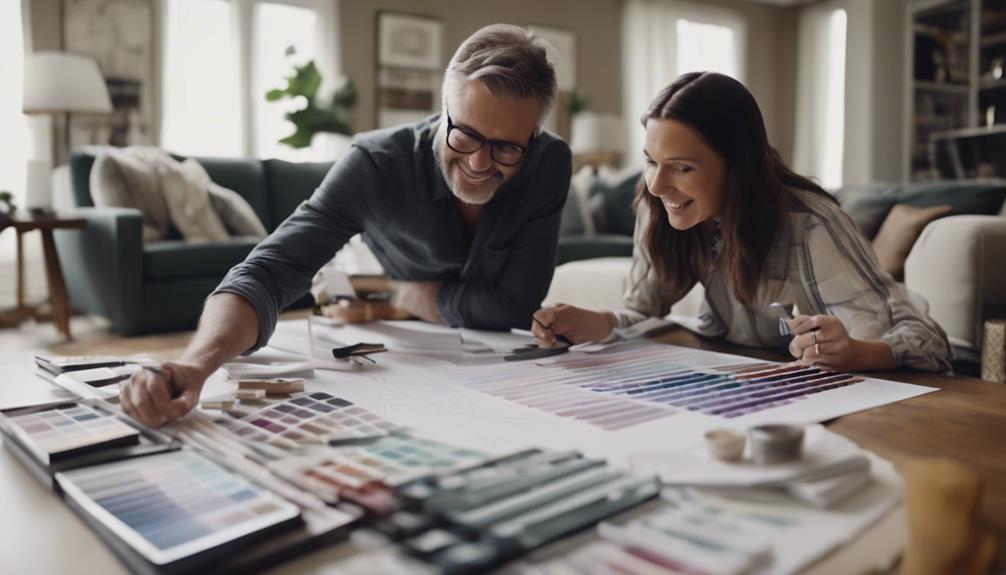
Crafting a cohesive design approach between architects and interior designers guarantees a seamless coordination of styles, both inside and outside the building. This collaboration is crucial for creating a harmonious living space that reflects the client's vision. Here's why a unified design approach is essential:
- Consistency: Maintaining a consistent design throughout the interior and exterior of a building helps avoid a disjointed feel in the home.
- Reflection of Vision: By working together, architects and interior designers can make sure that the design choices reflect the client's desired aesthetic and functionality.
- Enhanced Property Value: The balanced blend of form and function resulting from this collaboration not only creates a beautiful space but also enhances the overall property value.
In essence, the partnership between architects and interior designers in adopting a unified design approach leads to a seamless coordination that elevates the living experience and adds value to the property.
Frequently Asked Questions
How Do Interior Designers and Architects Work Together?
When interior designers and architects team up, magic happens! They collaborate closely, brainstorming to optimize space functionality and bring your vision to life.
Crafting intricate cabinet drawings in sync with your design dreams is their specialty. By listening to your needs, they create a seamless blend of structure and style, resulting in a stunning custom home.
Their combined skills strike the perfect chord between beauty and practicality in every project.
Do Architects Help With Interior Design?
Architects often lend a helping hand in interior design, offering insights on key elements like lighting and spatial layout. They collaborate closely with interior designers to guarantee a cohesive design that blends structural integrity with aesthetic appeal. Architects focus on the building's framework, while interior designers concentrate on the interior aesthetics and functionality.
Do You Need an Architect and Interior Designer?
You absolutely need both an architect and an interior designer for your project! Architects create the structural framework, while interior designers refine spaces to fit your needs and style. This collaboration leads to a cohesive and functional design that meets your expectations.
Do Architects Work With Designers?
When architects and designers team up, magic happens! They collaborate closely to craft stunning spaces inside and out. Designers assist with furniture, finishes, and other decorative elements, ensuring a seamless blend of style and function. Architects lean on designers' expertise to enhance the overall look and feel of a project.
Together, they create personalized environments that delight clients. So, yes, architects definitely work with designers to bring dreams to life!
Conclusion
To sum up, working in collaboration, interior designers and architects create harmonious spaces that blend style and functionality seamlessly. By combining their expertise, they enhance the overall aesthetic appeal of a building while ensuring that it remains practical and functional for its inhabitants.
So, next time you step into a beautifully designed space, remember the teamwork and collaboration that went into making it a reality. Isn't it amazing how different professions can come together to create something truly extraordinary?

